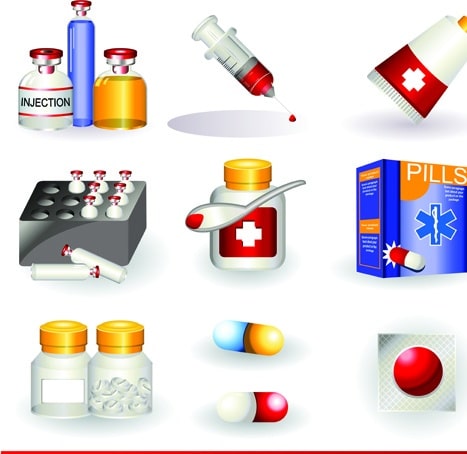Environmental Risk Assessment (ERA) – revised guideline to assess risk of human medicines for the environment…….
An Environmental risk assessment (ERA) of medicines ensures that the potential effects of pharmaceuticals on the environment are studied and that adequate precautions are taken in case specific risks are identified.
The EMA has published a revision of its guideline on the environmental risk assessment (ERA) of human medicines for a six-month public consultation. Stakeholders are invited to send their comments by 30 June 2019 to era_dg@ema.europa.eu using the template provided.
Dossier Expectations due to ERA revised guidance
An ERA is required for all new marketing authorisation applications for a medicinal product through centralised, mutual recognition, decentralised or national procedures.
In the case of medicinal products comprised of naturally occurring substances such as vitamins, electrolytes, amino acids, peptides, proteins, nucleotides, carbohydrates and lipids as active pharmaceutical ingredient(s) (API), the ERA may consist of a justification for not submitting ERA studies.
For type II variations and extension applications, the ERA dossier should be updated if there is an anticipated increase in the environmental exposure. The environmental data previously submitted in the original dossier of the same marketing authorisation holder (MAH) may serve as a basis for the revised ERA for the variation or extension application.
An ERA is not required for renewals of marketing authorisations or Type IA/IB variations.
Applicants are required to submit an ERA irrespective of the legal basis. Generic medicinal products are therefore not exempted from providing an ERA. However, cross reference to the ERA dossier of the originator is permitted with consent from the originator.
In order to avoid unnecessary repetition of studies, and in particular animal studies, applicants are encouraged to share their data. If the current applicant has access to an ERA that was performed earlier by another marketing authorisation holder, this ERA (including study reports) may be submitted, including a letter of access. If the reference ERA is not complete in accordance with the current guideline (e.g. studies are missing, or increased environmental exposure may be anticipated) the applicant should conduct the missing studies and/or update the ERA.
Public Assessment Reports (PARs and EPARs) and reviews or summary data from other regulatory frameworks cannot be used in the ERA dossier without the underlying study reports. All data submitted (whether study reports or peer reviewed literature) should contain enough information to permit assessment of the reliability of the study performed.
The applicant may request scientific advice on issues related to environmental risk assessment and on possible precautionary and safety measures to be taken with respect to the use and disposal of a medicinal product.
Structure of the ERA report
The ERA report should be presented in Module 1.6 of the eCTD dossier.
The ERA report should start with a clear identification of the active ingredient, including company name/code, IUPAC name, CAS number, empirical formula, structural formula, SMILES code, and molecular weight.
The full study reports and references should be provided in the annex of the ERA. There may be cases in which the absence of environmental studies could be justified. In these cases, the expert should provide a rationale for the absence of studies.
A dated signature of the author, information on the author’s educational, training and occupational experience, and a statement of the author’s relationship with the applicant, must be included.
Are you in search of advice and support on ERA?
Please contact us, Ivowen Regulatory are available to offer advice and support on Health Product Regulatory compliance.
Written by Nanda Naik



